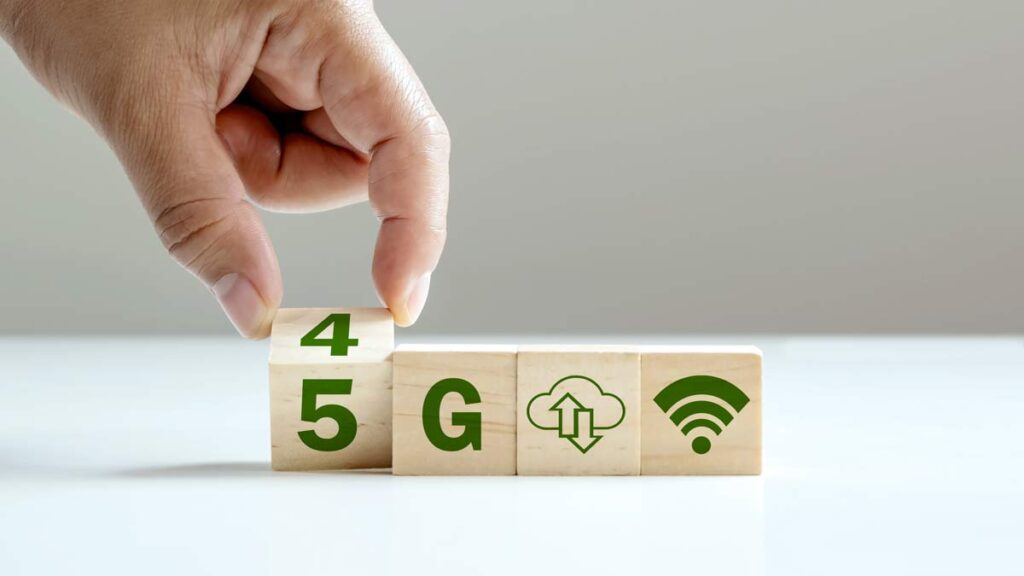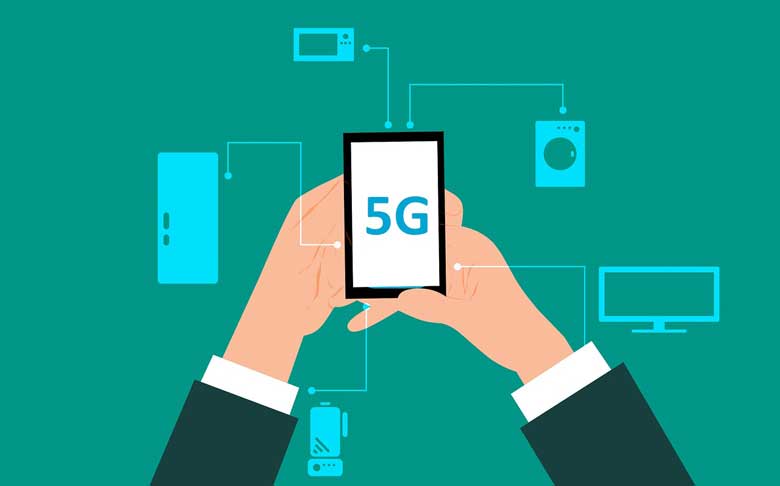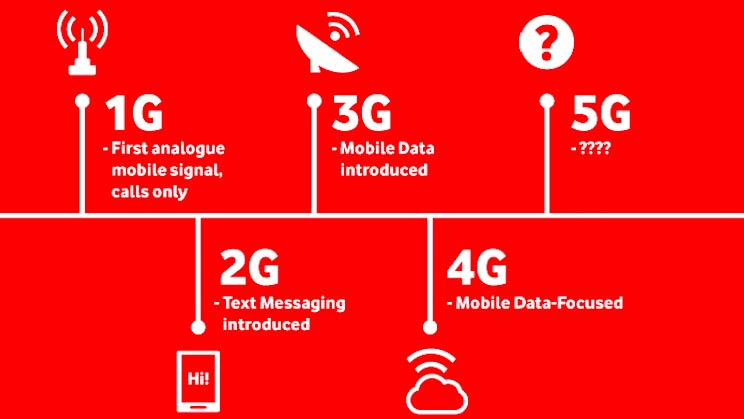The older 4G network and the newer 5G network are clearly not new concepts. However, what makes 5G distinct from 4G is why we need it. 5G network promises to improve our ability to stay connected and open the path for new ideas. But what exactly is the distinction between 5G and 4G? Let’s have a 5G versus 4G.
4G Network Meaning
The forerunner of 5G and the fourth generation of mobile network technology is fourth-generation (4G) wireless. 4G was the most recent and innovative version of cellular technology in the 2010s, and it became ubiquitous within the decade. Improved cell density, improved VoIP capabilities, and increased bandwidth were among 4G’s promises.
Various networking trends, such as IoT (Internet of Things) expansion, expanding smartphone numbers, and remote and mobile workforces, were all pioneered during the 4G period. These trends accelerated dramatically in the 2010s, necessitating the development of new technologies to accommodate faster speeds and higher cell density. This creates a 5G versus 4G problem.
The birth of LTE
During the reign of 4G, Long-Term Evolution (LTE) was developed as a 4G standard. LTE is the gold standard for cellular broadband around the world, and it lays the groundwork for 5G networks. Both 4G and LTE support a wide range of traffic kinds, something that past generations struggled with and which 5G must now better.
5G Network
Fifth-generation (5G) wireless technology is the most recent advancement in cellular network technology. Although small-scale early installations began in the late 2010s, 5G will not be widely available until the mid-2020s. Faster network speeds and real-time communication capabilities are two of 5G’s touted advantages.
In the case of 5G versus 4G, 5G seeks to not only outperform 4G network capabilities, but also meet and exceed 4G’s overall speed, latency, and density targets.
However, before enterprises jump on the 5G bandwagon, they must first grasp the distinctions of 5G versus 4G network designs and how both architectures may affect business operations. This article delves into such distinctions and analyzes what they signify for companies throughout the world.
How Does 5G work?
5G is built upon the earlier technology of 4G but much better. 5G network comes with new capabilities that are beyond the 4G network. Examples are network slicing and orthogonal frequency-division multiplexing (OFDM). Like the LTE standard of the 4G network, 5G New Radio (NR) has been developed to be the 5G standard. This brings about enhanced connectivity and increased energy savings for connected devices.
Furthermore, 5G may operate on a new high-frequency spectrum known as a millimetre wave (mmWave), which has wavelengths ranging from 30 GHz to 300 GHz, as opposed to 4G LTE’s wavelengths of less than 6 GHz. Because of the mmWave spectrum, 5G necessitates the deployment of new small cell base stations.
5G Versus 4G – The differences
The following are the fundamental distinctions between 5G Versus 4G network architecture:
Latency, Speed and Bandwidth
The main distinction between 4G and 5G is latency (the delay between sending and receiving information). 5G claims latency of fewer than 5 milliseconds, whereas 4G latency ranges from 60 to 98 milliseconds.
The ability to send and receive information swiftly via 5G networks will aid in the development of new services and gadgets, notably linked automobiles and vehicle-to-vehicle information (aka V2X), virtual-reality games, remote surgical operations, and translation software.
5G networks can give the level of performance required for an increasingly connected world, with speeds exceeding 10 gigabits per second – up to 100 times faster than 4G.
Cell Density
Small cell technology enables 5G to give higher cell density while also increasing network capacity. While these were also promises made by 4G, 5G will presumably succeed where its predecessor failed, as 4G never fully realized its high general-speed ambitions. With 5G, networks will be denser, allowing them to handle more people and connected devices, resulting in improved mobile device and connection capacity.
Base stations
Another significant distinction between 5G versus 4G technology is the most frequent base station required to transmit signals.
Due to its greater speeds and mmWave frequency ranges, carriers will install high-band 5G in small cells around the size of pizza boxes in many locations, as opposed to 4G, which only transmits signals from cell towers. Cell towers will still be used for lower frequency spectrums in 5G.
Network Slicing and OFDM encoding
5G network slicing allows the network is divided to adapt speed, capacity, coverage, encryption, and security by reassigning resources from one ‘slice’ to another that needs it.
Orthogonal Frequency-Division Multiplexing (OFDM) is used to segregate various wireless signals into separate channels in order to reduce interference and give more bandwidth. Because OFDM encrypts data on various frequencies, it can improve 4G and 5G download rates by giving these networks their own signal channels rather than a common one. 4G use 20 MHz channels, whereas 5G employs 100 MHz to 800 MHz channels.


